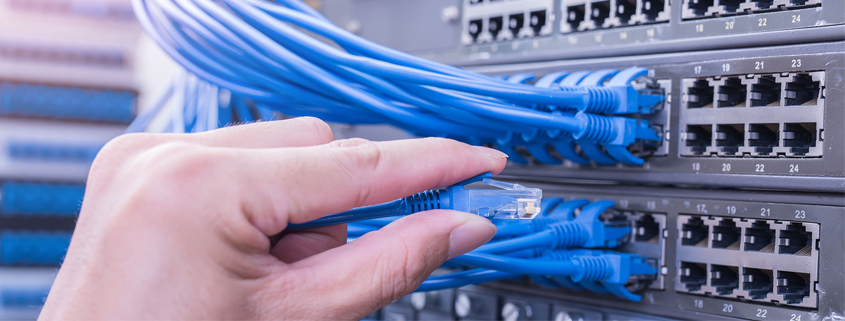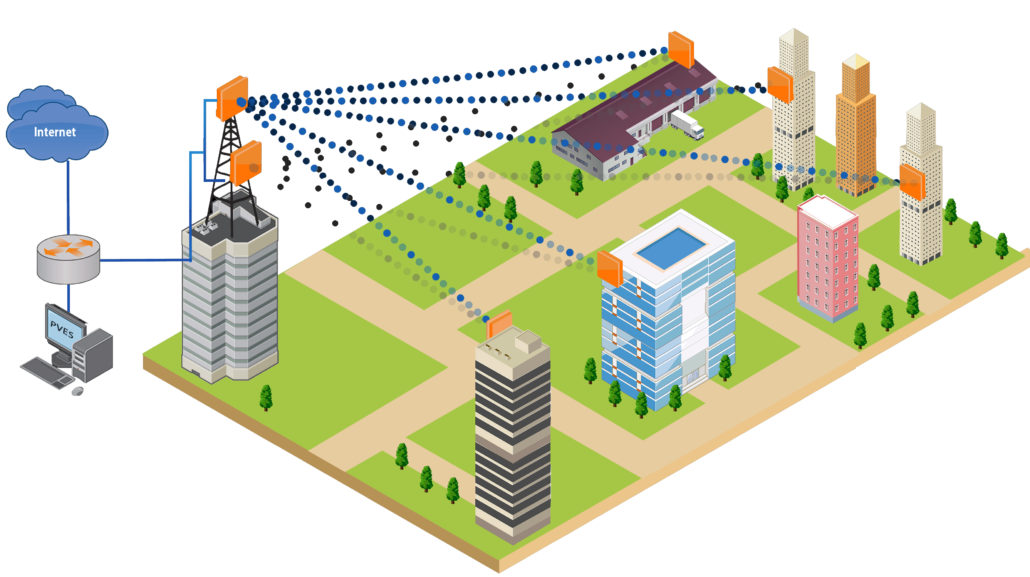Data Cabling
All organisations rely on a fast, reliable and secure structured cabling foundation in order to deliver full network functionality, allowing us to accurately communicate with staff and customers, to pay bills and wages. Internal data cabling networks must be working at optimum performance to ensure staff can share and retrieve information without delay.
Whether you are expanding your network, consolidating assets, relocating a data centre or moving to new premises, SEM Electrical can provide the structured cabling that meets your exact requirements. SEM Electrical have more than 15 years’ experience in voice, security and data cabling installation. This includes the installation and maintenance of both new and existing networks, Cat5, Cat6 and fibre optic installations, as well as the auditing and certifying of old data networks that may need a bit of attention.
Types of Cabling
CAT 5
CAT5 has been the industry standard for many year. Cheap and easy to install, it can transmit up to 100Mb of data up to a distance of 100 meters. It is rarely used in new installations due to the requirements of higher bandwidth now provided by CAT6.
CAT 6
CAT6 cable is now the default standard of 95% of data cabling installations in offices. It’s slightly more expensive than CAT5e in material cost, and the required installation standards are slightly higher. The cable is unable to exceed certain bend radii and tighter terminations are required. The benefit is that the cable can carry data speeds of up to a Gigabit over a 100m distance, dwarfing its CAT5 predecessor.
Fibre Optic
With the increased cost of copper and the reduction in the cost of fibre, the balance of installation is shifting increasingly towards fibre optics. Fibre can carry 10 times the amount of data over 20x the distance in a single core, reducing installation time and material bulk. Fibre optic networks provide a solid and future proof solution that’s suitable in the majority of situations.
Wireless Bridges
In a dynamic business environment, the most successful organizations will be the ones that are most adaptive to change. As they open and close offices, merge and consolidate their operations, and expand into new markets, organizations must modify their networks accordingly to keep up with the latest business changes. Extending the network to outdoor locations, new buildings over long distances, or even across a street can be especially challenging.
Business does not happen just indoors—as wireless LAN (WLAN) devices proliferate, the need to provide them connectivity extends outdoors. Applications such as hot spots, outdoor surveillance, outdoor inventory control, or outdoor baggage handling all stretch the need for WLAN access. And it is not just providing access to client devices—remote networks need to be connected as well. These networks could be in remote buildings, or mobile networks that are located outside. These applications can be deployed cost-effectively with equipment designed specifically for these environments.


